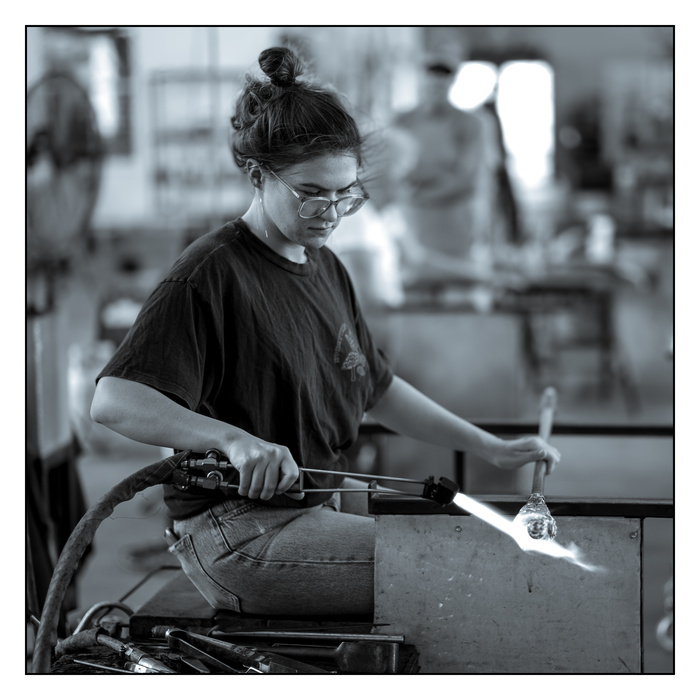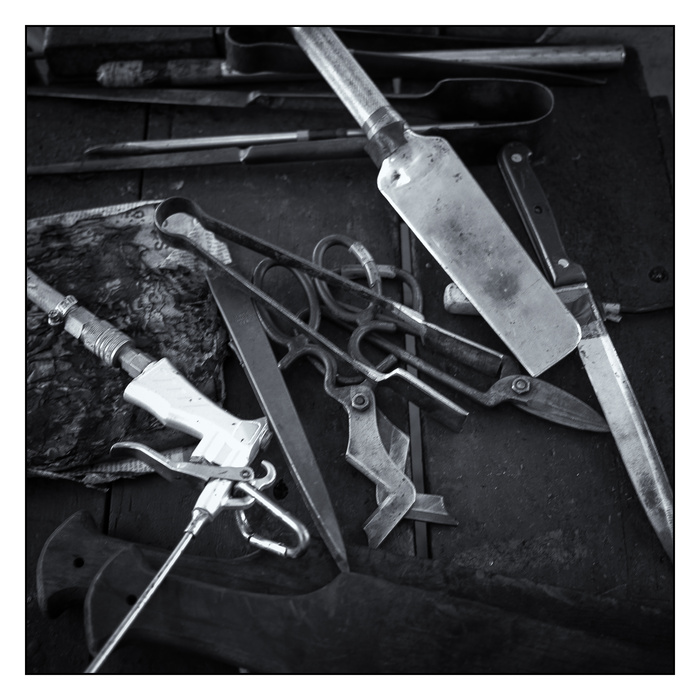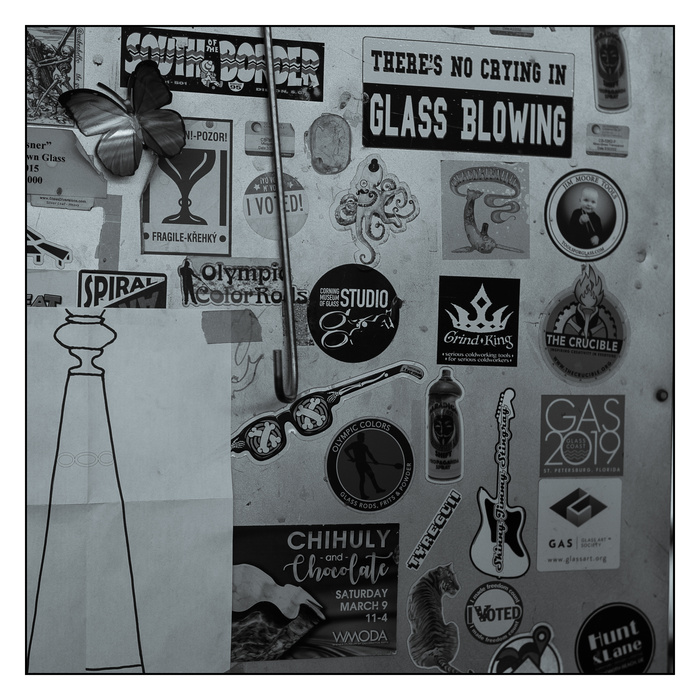Storytelling and Photography
In: Inspiration, Editorial

The photograph, for me, is a moment frozen in time – a time capsule that I can open when I choose. My life, in my own memories and through my career as a photographer, flashes through my mind as a series of still images – that is just how I remember things. I can open the photo album and see those moments whenever I wish.
Early on, there was always something about photographs that even if I knew it was far away in place or even in time – I was there. I have photographs of my ancestors. I even have photographs of the ships they immigrated to America on. These photographs have helped me connect with the legacy of my own family history and maybe, just maybe, my images help people connect with their own past. The power of the still image means that we can all be “there”. The photograph allows us to look into the past, be there and be part, a witness, to that moment as many times and for as long as we want. Time stands still within its borders and does not move forward. I just always knew that I wanted to engage with the world. Photography provided the medium and the communicative tool to do it. With a camera in my hand and a few rolls of film in my pocket, I began to forge the connection.
There is a story to still images – my life as a visual journalist tells me that – it shows me that! Storytelling through the medium of photography shines a light on our shared human experience. Storytelling plays a vital role in illuminating, protecting and conveying ideas related to the wonder of our world.

So, storytelling to me is a thread that binds people, the fabric of our lives and the wonder of discovery together. Photography, as a storytelling medium, fosters connections, it brings forth empathy as well as an understanding of how we fit into this world. It allows us to see diverse perspectives. We as photographers are asking to be present, to take part and to tell the story of a fleeting hidden moment – We are asking for more than just a photograph – we are asking for the privilege to bear witness.
What makes a good photograph for me has undergone a dramatic metamorphosis throughout my life. When I was younger, a good photograph meant images of great places that I had never been before - Sports heroes on the front pages, the double truck (2 page spread) images in the pages of LIFE Magazine and the places I had visited. The first book of mine solely dedicated to photography was not a how-to book. (I knew and understood exposure already). I was given “The World I Love to See” by Ulrike Welsh – a newspaper photographer in Boston. It was quickly followed by a copy of “The Family of Man”. Without the clouding of words on the page, I was able to see content – I was able to see the story. So now, a good photograph makes me stop and think. It makes me say “wow - I'd never looked at the world that way”. Good Photographs make we want to learn more or find the next passage in the story.
“If it makes you laugh, if it makes you cry, if it rips out your heart, that’s a good picture.” – Eddie Adams
Now, as a visual journalist – a storyteller – it has become apparent through experience that a good story takes us somewhere we have not been before. The story has the power to undo assumptions, it has the power to allow us to imagine something different from what we've been given from our own realities. A good, well photographed story explains, engages, and enlightens the reader – the story within the image(s) provides the experience.
Building that story takes skill. It is as much about planning as it is about the actual telling of the story. A written story - just like oral tradition - allows us to experience a sense of place, time, viewpoints and emotions. Oral tradition adds inflection, tone and the interjection of incidents. Photographs – visual communication (visual storytelling) will do that too. Powerful images are burned into our memory, the captions may fade, but the image remains. Understanding is automatic and reactionary.

The art of storytelling begins within you – an individual with a passion. What are you passionate about? The greater your passion – the more it will be evidenced in your photographs.
But also:
1. What do YOU want to say?
2. What makes YOU want to tell the story?
3. Will YOU use words and images together? In many cases, the two support each other.
4. Be careful about YOUR story – tell it right! The experience will stay with you for the rest of YOUR life!
Photographic storytelling allows you to honor the stories, the people, the cultures around you. Good stories elicit empathy – they evoke emotion, they initiate caring. These ingredients form the roots of change.

